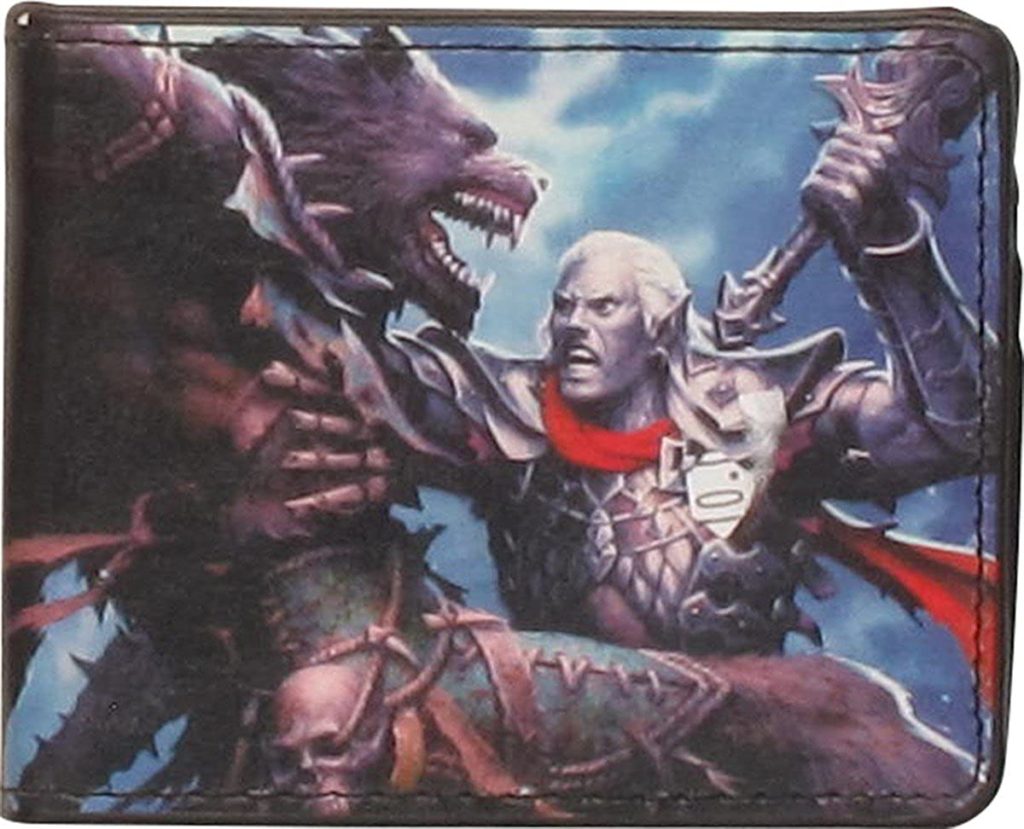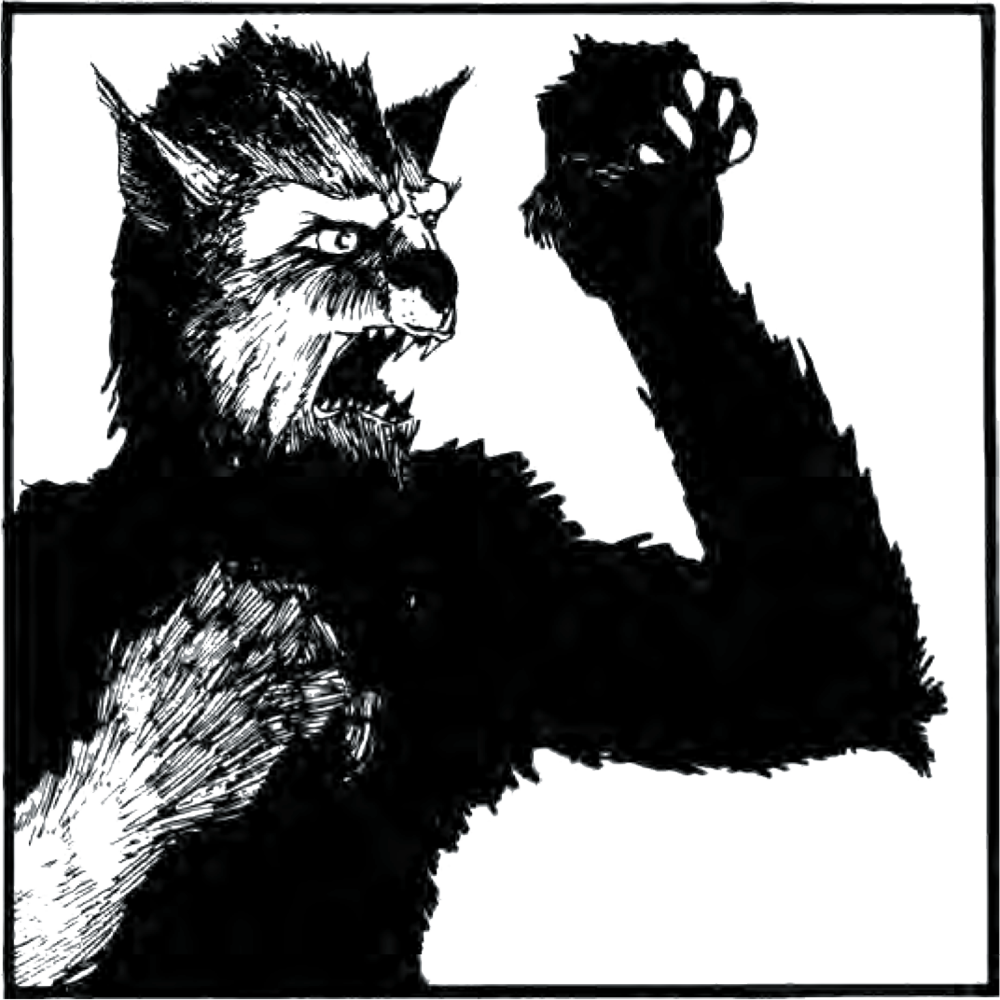Stories about Werewolves, of course, have existed since long before Dungeons and Dragons came along. One of the first known references to Lycanthropes was an ancient Roman satire believed to have been written by Petronius. Petronius was a Roman courtier during the time of Emperor Nero. Later there were many stories of the Werewolf across Europe. Most of these came in the 1100s and extended into the 18th century.
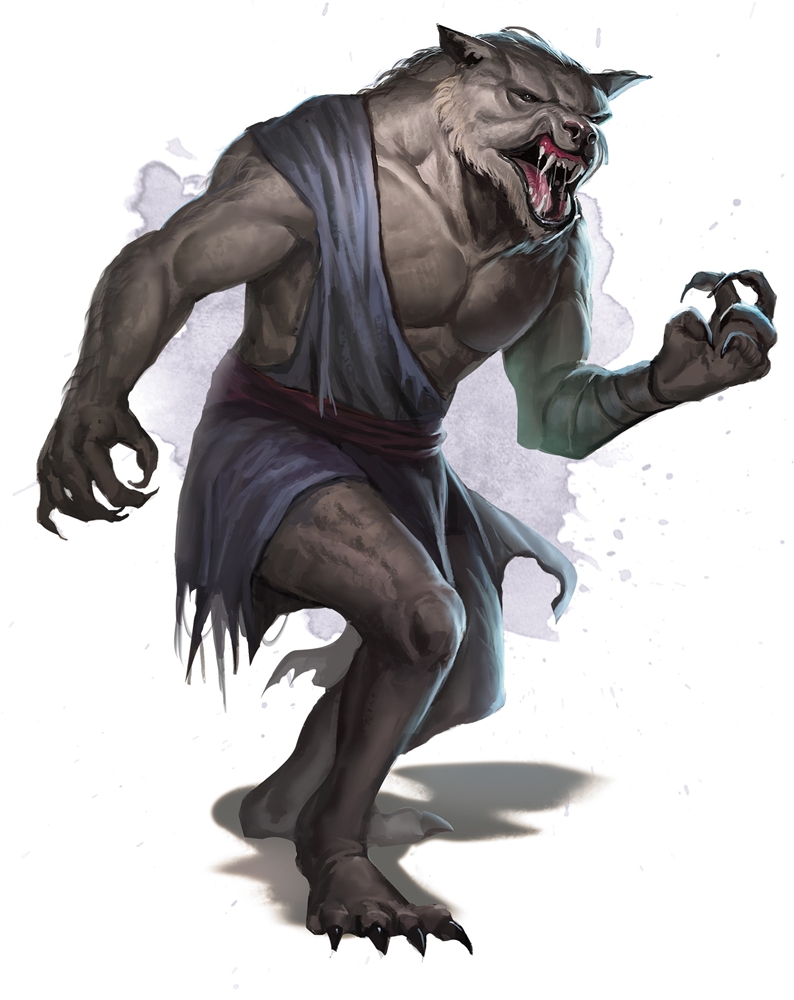
Werewolves in Dungeons and Dragons Original Edition
The Werewolf was added to Original Dungeons and Dragons with the release of Book II: Monsters and Treasure in 1974. This book offered four Lycanthropes for use with the game. These included:
- Werewolves
- Wearbears
- Wereboars
- Weretigers
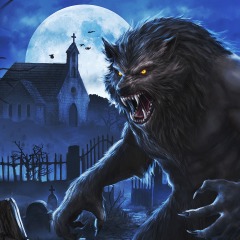
The description of these Lycanthropes was very limited. It states that silver or magical weapons are needed to hit them in combat. The Werewolf was given an armor class of 5 and 4 hit dice. It had a movement rate of 15. The book states that groups of Lycanthropes (including Werewolves) could be met in groups such as:
- Packs – 2-4
- Family Packs – 5-8 – two adults and the rest are young
- And it also mentions that occasionally larger groups of 8-20 or more might be encountered. These would likely be packs rather than family packs.
Anyone seriously injured by a Lycanthrope (taking 50% or more damage) would become infected and themselves become a Lycanthrope in 2-24 days. Only a cure disease spell given by a cleric would prevent this.
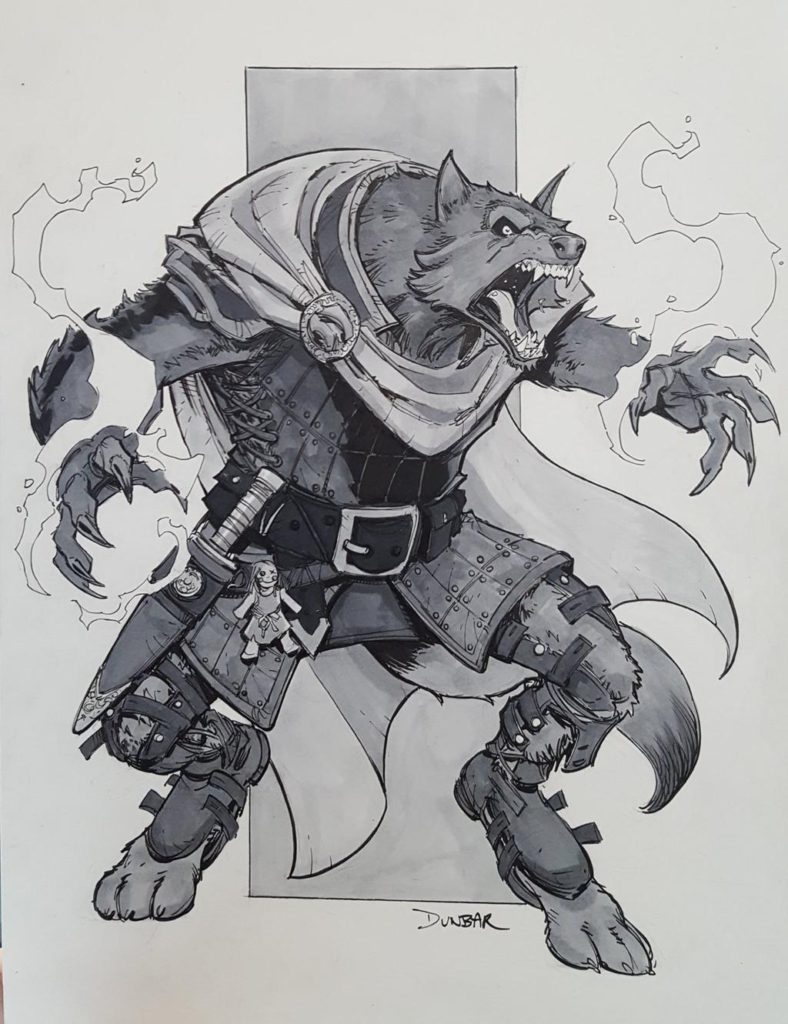
Werewolves in Dungeons and Dragons 1st Edition
1st Edition expanded upon Lycanthropy, in general, and on Werewolves. They were slightly beefed up. Hit dice were still only 4 but they also were given 3 extra hit points in addition to those 4 hit dice. They were given an alignment of chaotic evil. Movement stayed the same. Their resistance to nonmagical (or nonsilver) weapons also remained. But they gained a new ability….surprise….
The Werewolf could be met in either human (or humanoid) form or in Werewolf form. The beast could transform itself and surprise it’s prey on a 1-3 out of 6. If met during a full moon it is 90% likely that they would be met in Werewolf form. They can speak their own language as well as the common tongue.
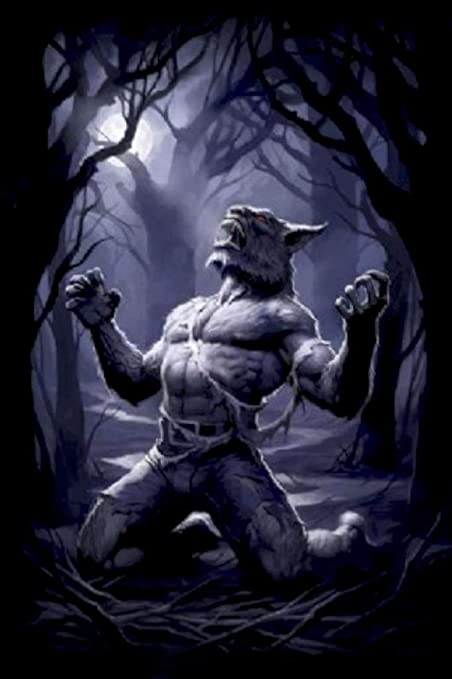
Those bit by the werewolf (and taking more than 50% damage but not killed by the Werewolf) is infected by Lycanthropy. Belladonna might cure the affliction (25% chance) if eaten within 1 hour of the attack. This is not without it’s own risks. The person doing so becomes incapacitated for 1-4 days and has a 1% chance of dying from it.
A cure disease spell still works to cure the victim but it must be performed by a cleric of at least 12th level. This cure disease must be cast within 3 days of the affliction.
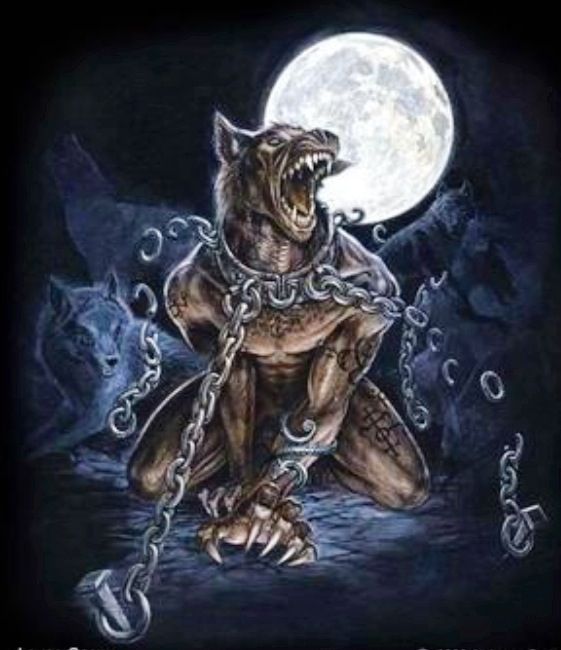
Should either attempt to cure the disease not be performed in the necessary time frame then the victim will become a Werewolf in 7-14 days.
Werewolves in 1st Edition would often be found in the company of other Werewolves. Family packs still consist of 5-8 Werewolves. Such groups will have two adults (one male and one female) and the rest will be young. The males are very protective of their females and will strike at +2 to hit and do full damage if the female is struck in combat. The females are even more protective of the young and will attack at +3 to hit and do full damage should the young be attacked. The young will fight as well but will attack at -4 to hit to -1 to hit and do only 2-5 damage per attack.
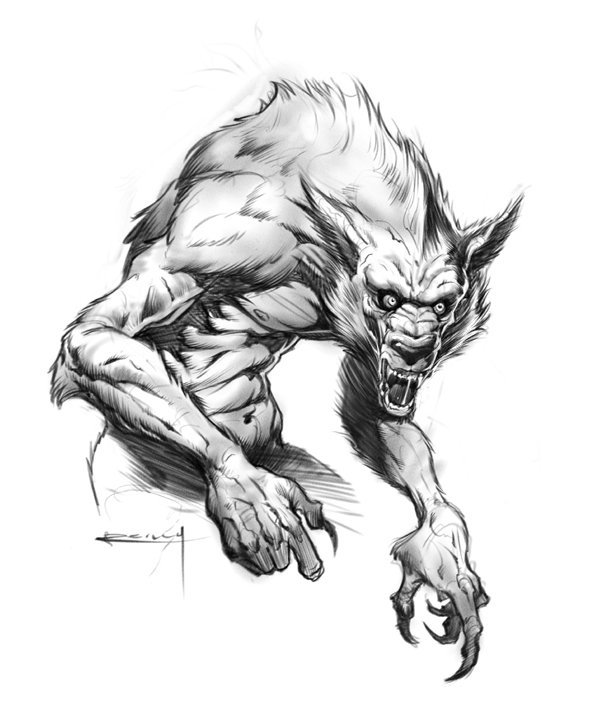
Werewolves in Dungeons and Dragons 5th Edition
Fifth Edition changed the lore of the Werewolf a bit. A remove curse can cure the newly afflicted Werewolf of the curse. But a naturally born Werewolf can only be cured by a wish. But not everyone cursed with the disease wishes to have it removed. Some relish the idea of having the raw power of the Lycanthrope. Some can manage their disease for a time but when the full moon comes none can do so. They will transform whether they like it or not. When the moon wanes the disease can be controlled again for a time.
The Fifth Edition Werewolf has an armor class of 11 in humanoid form or a 12 in wolf form. Hit points are 58 (9D8+18). The movement rate is 30 feet (40 feet in wolf form). It’s perception is at +4 and it’s stealth is at +3. It is immune to weapons that are not silvered or magical. It has a passive perception of 14. It speaks the common tongue but unlike the 1st Edition Werewolf it cannot speak at all in wolf form.
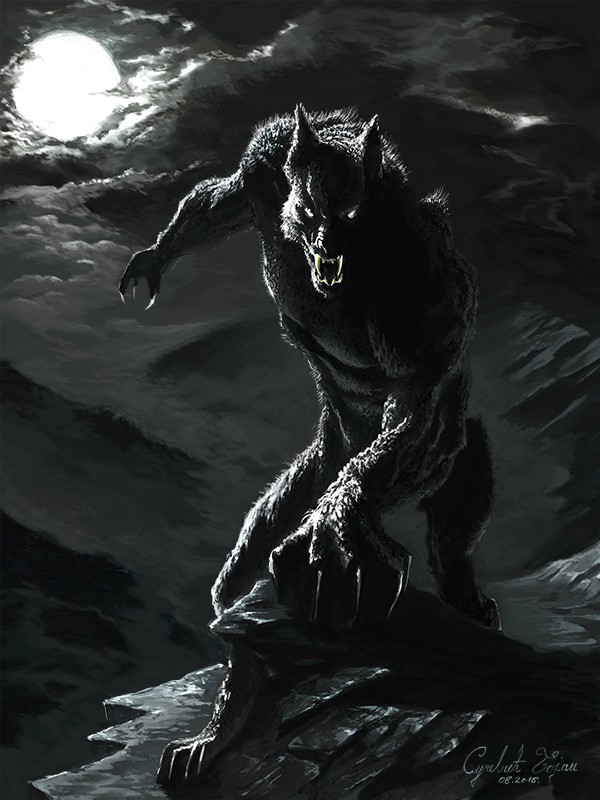
It is a challenge rating 3 monster worth 700 experience points.
The Werewolf is a shapechanger. It can transform from one form to the other with a single action. The equipment carried is not transformed. It has keen hearing and smell.
In combat it attacks twice. One attack is a bite and the other is a claw attack. Sometimes they carry spears and will use the second attack as a spear attack. Bites are a melee attack at +4 to hit and can reach up to 5 feet. A successful bite will do 1D8+2 piercing damage (6 damage). If the target is human or humanoid it must make a DC 12 constitution save to avoid being cursed with Lycanthropy. This is another deviation from 1st Edition. No longer does the victim need to be taken to less than 50% of their hit points to be afflicted.
Claw attacks are only performed while in wolf form. This is a melee attack at +4 to hit, reaches 5 feet and does 7 points of (2D4+2) slashing damage. Spear attacks (humanoid form only) are melee attacks or ranged attacks. They are +4 to hit, reach 5 feet (or 20/60 feet if thrown) and do 5 hit points of (1D6+2) piercing damage if thrown or 6 hit points (1D8+2) if used with two hands in melee.
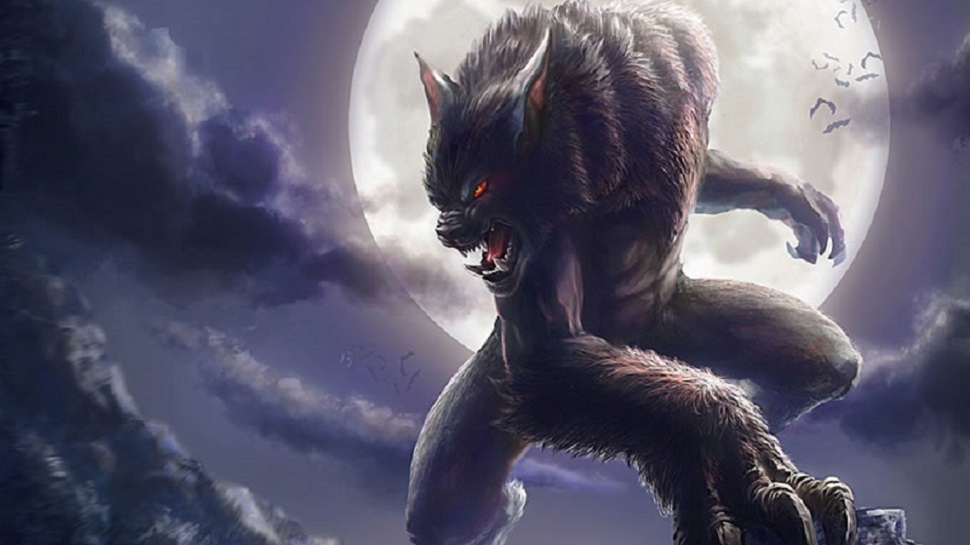
The Evolution of the Werewolf in Dungeons and Dragons
So as you can see the creature has been beefed up a bit since Original Dungeons and Dragons. The Werewolf is more powerful and more detailed. But curing the disease of Lycanthropy is easier (if not natural born).
Natural born Werewolfs is a newer idea. It gives the possibility that one might choose to become a Werewolf. They might even thrive upon the idea. The early editions saw the disease as a curse that no one would want to be afflicted with. The later editions embrace the idea that some might actually enjoy the bloodlust and power of a Lycanthrope.
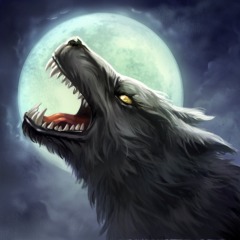
Werewolves are a classic monster
We all grew up seeing movies and hearing stories of Werewolves. They are a Halloween classic here in the United States. Little kids grow up hearing the frightening tales of monsters that come in the night. And who didn’t love those old Frankenstein and Werewolf movies of the 30s and 40s.
Lycanthropy gives the Dungeon Master the temporary (or maybe permanent) ability to force characters to do things that their alignment might normally not allow them to do. It gives the Dungeon Master the opportunity to give the players a sudden, and desperately important, sidequest to find a cure. And it creates many opportunities for interesting and creative role play. Just how to the players deal with the idea that one of their own might have become a bloodthirsty murderer beyond control? How does the player whose character is afflicted with the curse deal with it? These are classic dilemmas that can be played out on the tabletop.
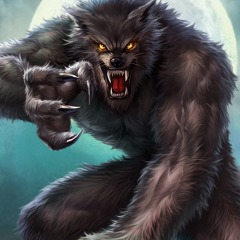
Werewolves in Dungeons and Dragons are a fun creature to encounter
Werewolves are a popular foe. They should be. Most players know of them from their experiences prior to playing Dungeons and Dragons. It is a creature that they are all very familiar with. And one that they know can be fearsome. They can be fun for the Dungeon Master as well. They can spring the surprise of a transformation at any time that suits them. This opens up worlds of possibilities.
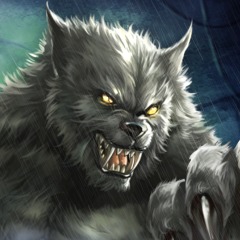
If you enjoyed this article then perhaps you might enjoy these:
